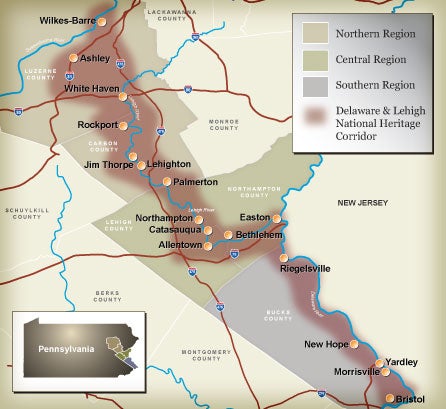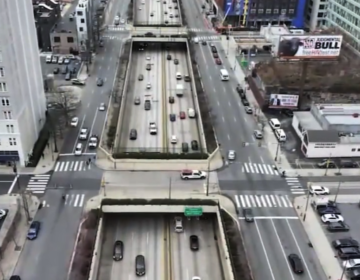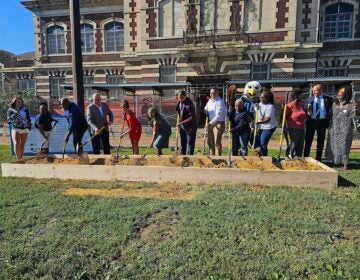Imagining blazing this trail

Jan. 4, 2007
By David Schaaf RA
Philadelphia City Planning Commission
The exiting 109th Congress of the United States created the Nation’s “First National Water Trail” – more properly, the “John Smith Chesapeake National Historic Trail.” And what a trail! – imagine the opportunities for recreation, historical interpretation, environmental education and efforts to restore a 200-mile long estuary – the largest in the world – that has been witness to some of the most profound history this nation enjoys.
Senators from Maryland, Delaware and Virginia were obvious sponsors of this legislation, but also onboard were our own Senators Spector and Santorum who lent their energies to creating this national resource. (40% of the water in the Chesapeake Bay comes from Pennsylvania).
And by the way, Happy 400th Birthday, Commonwealth of Virginia, for I suspect we’re enjoying the fruits of your longevity on this continent through this Federal recognition.
From an e-mail I received from the Chesapeake Bay Foundation, I read that “developing the trail in a sustainable way to create the most benefits for the Chesapeake region will take the National Park Service’s focus and funding. Congress will need to appropriate this funding in its next session so the Park Service can implement the legislation…” President Bush need only sign this legislation for this remarkable resource to become a reality. Citizens need to encourage the appropriate funding for this trail; the Chesapeake Bay Foundation is urging the public to roundly applaud this effort.
Is it synchronicity that I was in Harrisburg at the 5th Annual “Law of Historic Preservation” conference sponsored by the Pennsylvania Bar Institute and learned of the “Delaware & Lehigh National Heritage Corridor?” Not so far north of the City of Philadelphia, a 165-mile long corridor of rivers, canals and railroads that conserves an entire transportation network is now 98% publicly accessible.
In the last 18 years this trail has come together as a whole even though dozens of private and public entities own different portions of it. Running from Wilkes-Barre to Bristol, Pa., the corridor was established by Congress in 1988. Along the corridor’s southern end, one might find some familiar destinations – Washington’s Crossing State Park, and Pennsbury Manor, known to almost all Philadelphians. We’re that close to it. And Bristol, Pennsylvania is less than 8 miles from the Poquessing Creek – our northern boundary at the Delaware River.
So let’s do some imagining here. We have an extensive 165-mile National Heritage Trail just to the north of us, and now, another promising 200-mile long initiative just to the south of us (albeit unfunded, but hey, let’s hope for the best). It’s not hard to imagine that the Delaware River and Bay, including the Chesapeake and Delaware Canal become part of this much larger system of heritage corridors in the Middle Atlantic States. Philadelphia’s waterfront and the Delaware River and Bay are literally the bridge between these two Federally-recognized projects. And we have some history of our own to add into the mix.
For more information, see www.cbf.org/site/PageServer?pagename=homev3
WHYY is your source for fact-based, in-depth journalism and information. As a nonprofit organization, we rely on financial support from readers like you. Please give today.





